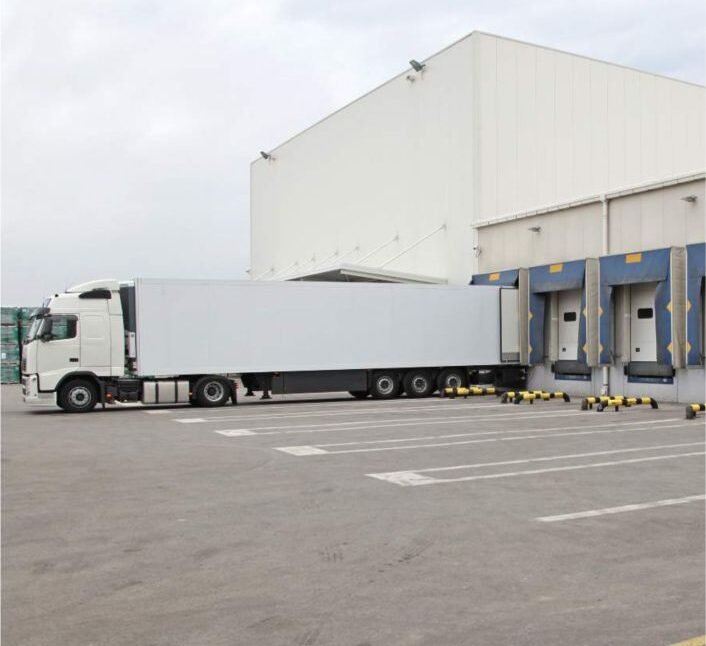Loading Bay Equipment:
Loading Bay Equipment may not be the most glamorous part of a building, but they are the beating heart of any logistics operation. These dynamic zones serve as the gateway between transport and storage — a place where precision, speed, and safety are paramount. Behind every swift and seamless loading or unloading process is an ecosystem of specialized **loading bay equipment** working in perfect harmony.
Let’s explore the essential tools that make loading bays efficient, secure, and indispensable in supply chains across the globe.
—
1. Dock Levelers: The Bridging Powerhouse
At the center of every loading dock is the **dock leveler** — a heavy-duty, adjustable platform that bridges the gap between the warehouse floor and the truck bed. Since trucks vary in height depending on their load and suspension, dock levelers ensure a smooth, level path for forklifts and pallet trucks, preventing accidents and product damage.
There are several types to suit different applications:
Mechanical Dock Levelers: Operated manually using springs and levers—reliable and cost-effective for low to medium traffic.
Hydraulic Dock Levelers: Powered by hydraulic cylinders for smoother operation and better handling of heavy loads.
Air-Powered Dock Levelers: Use airbag systems to raise and lower the platform—simple to operate and ideal for mid-level operations.
—
2. Dock Shelters and Seals: Defenders of Energy Efficiency
While often overlooked, dock shelters and seals play a critical role in maintaining warehouse climate control and protecting goods from the elements.
Dock Seals: Foam-filled pads that compress around the truck’s trailer, forming a tight seal to prevent air leakage.
Dock Shelters: Fabric structures that flex and adjust to different trailer sizes, offering more flexibility and durability for high-traffic docks.
Both options reduce energy loss, deter pests, and improve employee comfort by keeping weather, dust, and fumes outside where they belong.
—
3. Vehicle Restraints and Safety Gear: Keeping Everyone Secure
Safety is non-negotiable in loading areas. One of the greatest hazards is trailer movement during loading — a risk mitigated by:
Vehicle Restraints: Mechanical or hydraulic systems that latch onto a truck’s rear underride guard to prevent rollaway.
Wheel Chocks: Portable wedges placed behind the truck tires to prevent motion.
Dock Lights: Bright, adjustable lighting that illuminates the interior of trailers for better visibility and accident prevention.
Dock Bumpers: Durable rubber or steel-faced guards that absorb impact and protect the building and vehicle during docking.
Together, these elements reduce the chance of injury or damage during busy operations.
—
4. Dock Plates and Boards: Portable Transition Tools
For lighter-duty tasks, **dock plates and dock boards** provide simple yet effective solutions. These portable platforms bridge small height differences between dock and vehicle, allowing manual handling equipment like pallet jacks to cross safely.
Dock Plates: Made of aluminum, with a lighter build for hand trucks and pedestrian use.
Dock Boards: Heavier and often made of steel, suitable for forklifts and heavier loads.
Their portability makes them ideal for temporary setups or backup support during peak hours.
—
5. Material Handling Equipment: Moving Goods with Ease
Loading bay efficiency also depends on how quickly and safely goods are moved:
Pallet Jacks: Manual or electric, used for transporting palletized loads over short distances.
Hand Trucks: Essential for smaller packages and boxes.
Conveyor Systems: Automate loading/unloading processes, improving throughput and reducing manual labor.
Vertical Dock Lifts or Lifting Platforms: Allow safe vertical transfer of goods when ramps or dock levelers are not feasible, especially for ground-level loading.
6. Specialized Additions for Optimized Operations
Depending on the size and function of a facility, you may also encounter:
Inflatable Dock Seals: Provide an airtight seal, often used in temperature-sensitive environments like food storage.
Integrated Dock Management Systems: Monitor dock status, safety systems, and equipment performance in real-time.
Dock Houses: External enclosures that contain the dock, leveler, and shelter — ideal for temperature-controlled warehouses where internal space must be preserved.
—
Conclusion: More Than Just a Doorway
A well-equipped loading bay is much more than a place for trucks to park. It is a finely tuned system of infrastructure and equipment designed to move products quickly, safely, and efficiently. From the rugged dock leveler to the silent yet crucial wheel chock, each component plays a key role in safeguarding people, goods, and processes.
In the world of logistics and supply chain operations, loading bay equipment is not a luxury — it’s a necessity. It ensures that the transition between transport and storage happens without delay, damage, or danger — keeping businesses running and goods flowing in today’s fast-paced commercial landscape.



